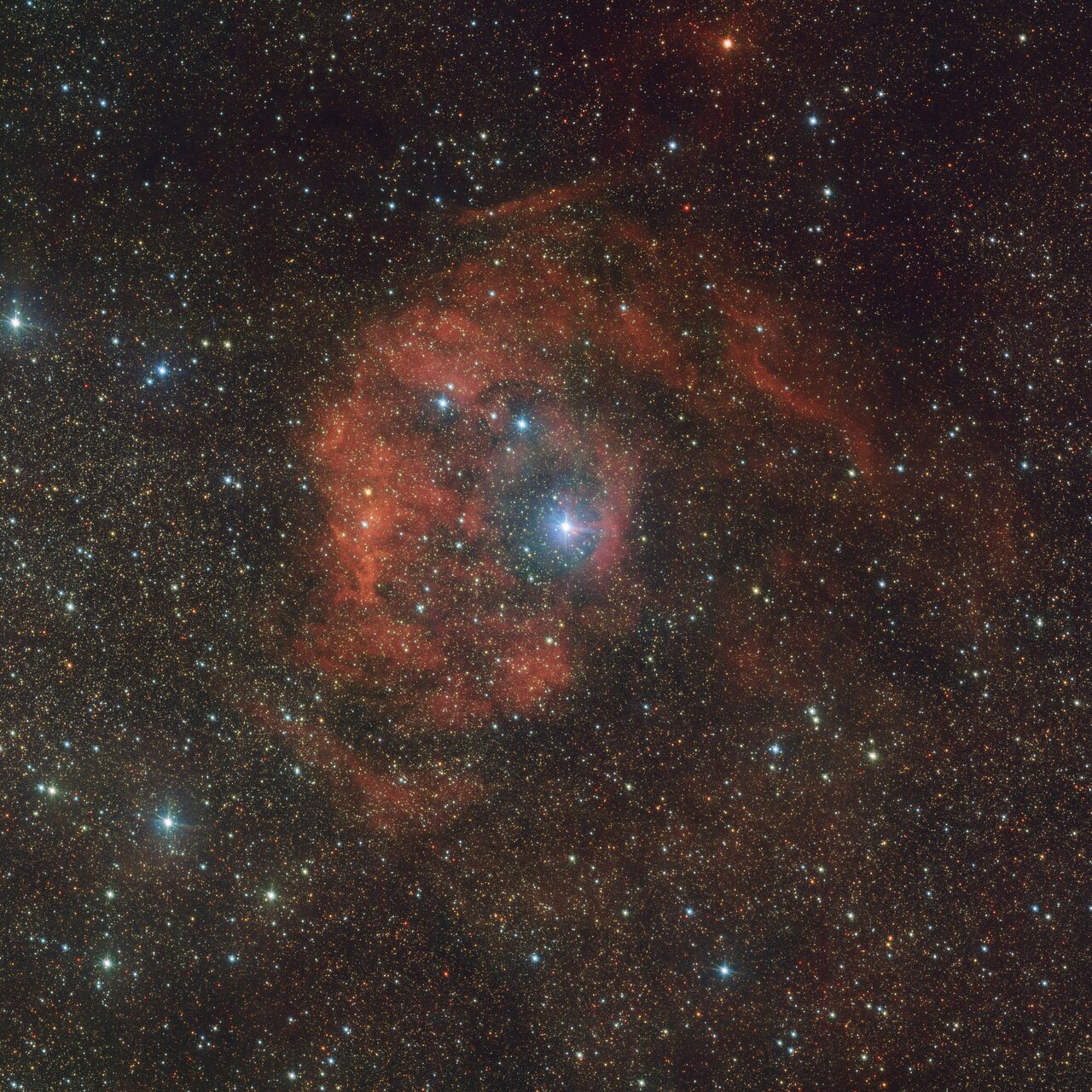Blog
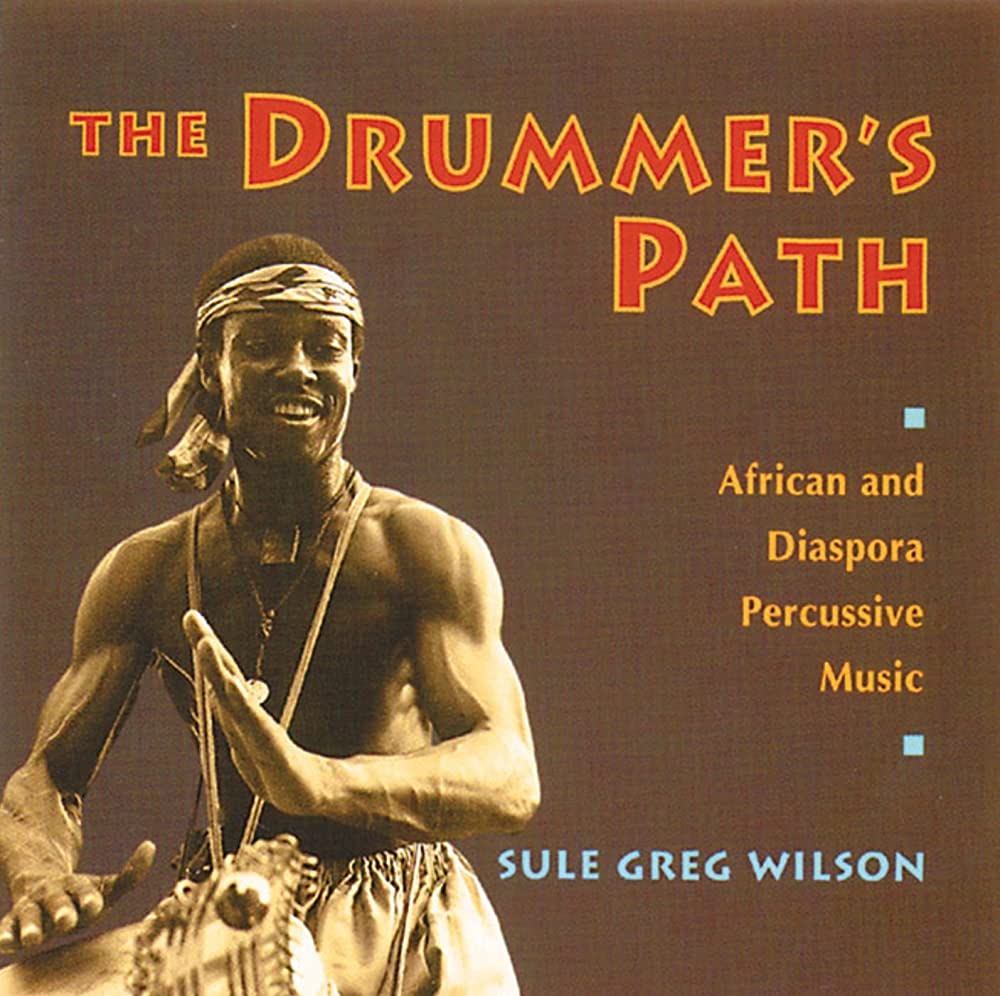
Admirl Amos Easton (May 7, 1905 – June 8, 1968), better known by the stage name Bumble Bee Slim, was an American Piedmont blues singer and guitarist.
Easton was born in Brunswick, Georgia, United States. Several original sources confirm that he spelled his first name “Admirl”.[4] Around 1920 he joined the Ringling Brothers circus. He then returned to Georgia and was briefly married before heading north on a freight train to Indianapolis, where he settled in 1928. There he met and was influenced by the pianist Leroy Carr and the guitarist Scrapper Blackwell.
By 1931 he had moved to Chicago, where he made his first recordings, as Bumble Bee Slim, for Paramount Records. The following year his song “B&O Blues” was a hit for Vocalion Records, inspiring several other railroad blues and eventually becoming a popular folk song. In the next five years, he recorded over 150 songs for Decca Records, Bluebird Records and Vocalion, often accompanied by other musicians, including Big Bill Broonzy, Peetie Wheatstraw, Tampa Red, Memphis Minnie, and Washboard Sam.
In 1937, he returned to Georgia. He relocated to Los Angeles, California in the early 1940s, apparently hoping to break into motion pictures as a songwriter and comedian. During the 1950s he recorded several albums, but they had little impact. His last album was released in 1962 by Pacific Jazz Records.
He continued to perform in clubs around Los Angeles until he died in 1968.
more...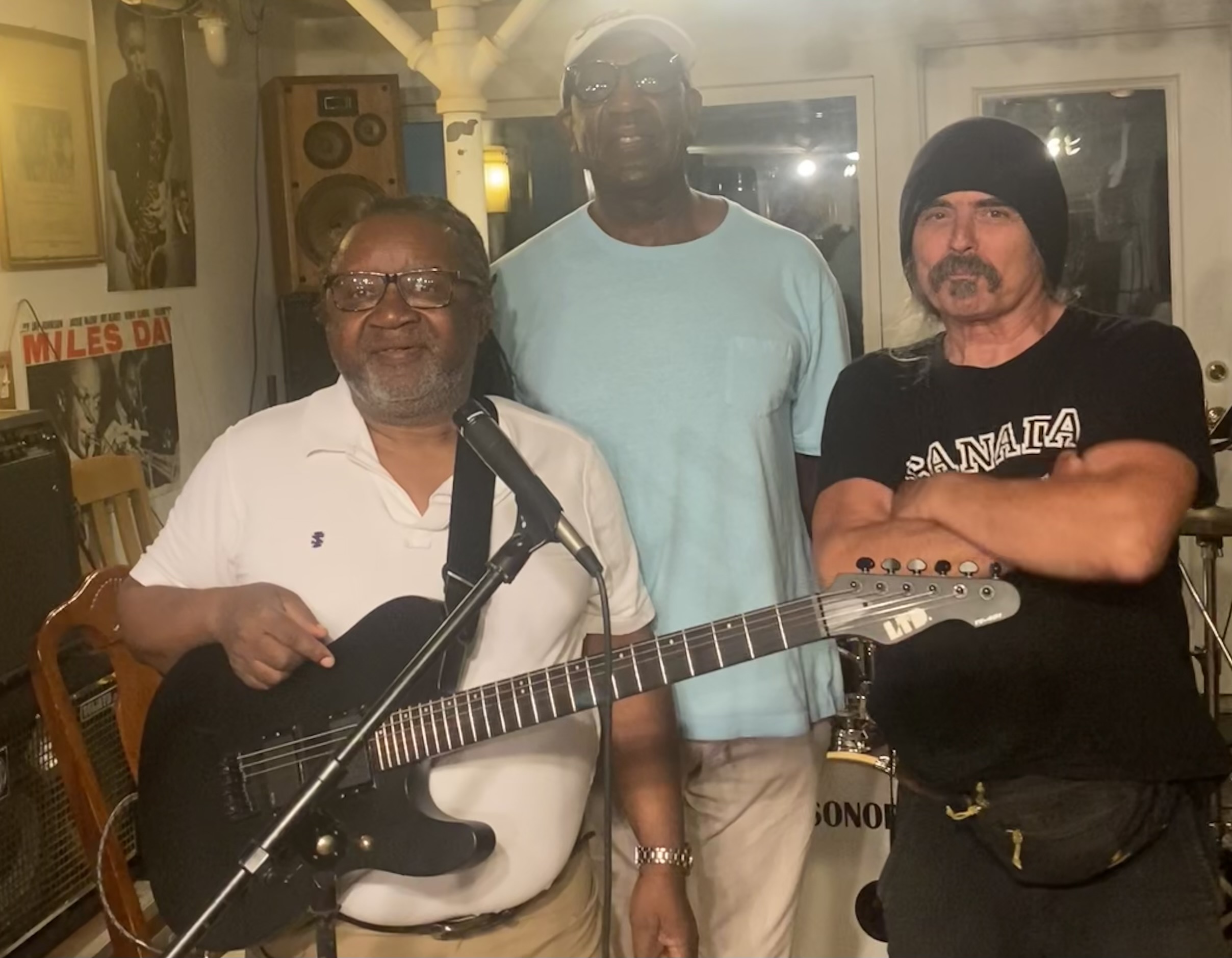
In the upper left corner, surrounded by blue arms and dotted with red nebulas, is spiral galaxy M81. In the lower right corner, marked by a light central line and surrounded by red glowing gas, is irregular galaxy M82. This stunning vista shows these two mammoth galaxies locked in gravitational combat, as they have been for the past billion years. The gravity from each galaxy dramatically affects the other during each hundred-million-year pass. Last go-round, M82‘s gravity likely raised density waves rippling around M81, resulting in the richness of M81‘s spiral arms. But M81 left M82 with violent star forming regions and colliding gas clouds so energetic the galaxy glows in X-rays. This big battle is seen from Earth through the faint glow of an Integrated Flux Nebula, a little studied complex of diffuse gas and dust clouds in our Milky Way Galaxy. In a few billion years, only one galaxy will remain.
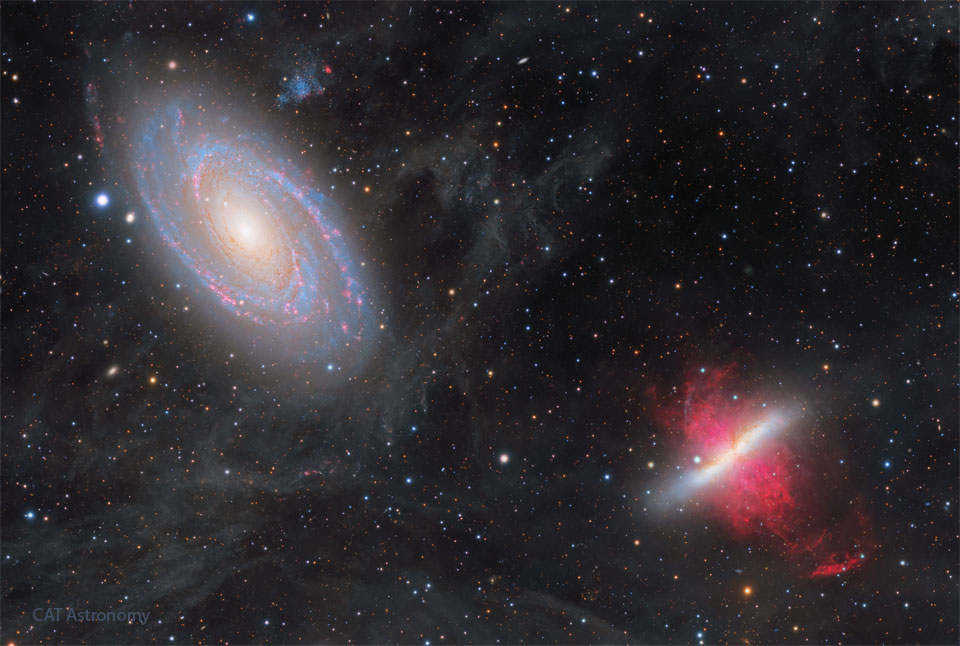
William Kreutzmann Jr. (/ˈkrɔɪtsmɑːn/ KROYTS-mahn; born May 7, 1946) is an American drummer and founding member of the rock band Grateful Dead. He played with the band for its entire thirty-year career, usually alongside fellow drummer Mickey Hart, and has continued to perform with former members of the Grateful Dead in various lineups, and with his own bands BK3, 7 Walkers and Billy & the Kids. At the end of 1964 Kreutzmann co-founded the band the Warlocks, along with Dana Morgan, Jr. (who was soon replaced by Phil Lesh), Jerry Garcia, Bob Weir, and Ron “Pigpen” McKernan. Their first gig was May 5, 1965, two days before Kreutzmann’s nineteenth birthday. During the band’s early days, Kreutzmann sometimes used a fake draft card with the name “Bill Sommers” to be admitted to bars where the band was playing, since he was underage. In November 1965, the Warlocks became the Grateful Dead.
more...
Jimmy Lee Ruffin (May 7, 1936 – November 17, 2014) was an American soul singer, and the older brother of David Ruffin, the lead singer of the Temptations. He had several hit records between the 1960s and 1980s, the most successful being the Top 10 hits “What Becomes of the Brokenhearted” and “Hold On (To My Love)“.
more...Nexhmije Pagarusha (Albanian pronunciation: [neˈd͡ʒmijɛ pagaˈɾuʃa]; 7 May 1933 – 7 February 2020) was a Kosovo-Albanian singer and actress, often referred to as the Queen of Albanian music. Pagarusha gained acclaim as a recording artist in Kosova and neighbouring countries for her distinct soprano vocal range, which she displayed performing various Kosovan folk songs during her career, which spanned 36 years, from 1948, in her debut in Radio Prishtina, to 1984, in her final concert in Sarajevo. Her music style was not limited just to Albanian music, as she performed rock, pop, funk, opera/classical, and many more.
more...Pyotr Ilyich Tchaikovsky 7 May 1840 – 6 November 1893) was a Russian composer during the Romantic period. He was the first Russian composer whose music made a lasting impression internationally. Tchaikovsky wrote some of the most popular concert and theatrical music in the classical repertoire, including the ballets Swan Lake and The Nutcracker, the 1812 Overture, his First Piano Concerto, Violin Concerto, the Romeo and Juliet Overture-Fantasy, several symphonies, and the opera Eugene Onegin.
Although musically precocious, Tchaikovsky was educated for a career as a civil servant as there was little opportunity for a musical career in Russia at the time and no public music education system. When an opportunity for such an education arose, he entered the nascent Saint Petersburg Conservatory, from which he graduated in 1865. The formal Western-oriented teaching Tchaikovsky received there set him apart from composers of the contemporary nationalist movement embodied by the Russian composers of The Five, with whom his professional relationship was mixed.
Tchaikovsky’s training set him on a path to reconcile what he had learned with the native musical practices to which he had been exposed from childhood. From that reconciliation, he forged a personal but unmistakably Russian style. The principles that governed melody, harmony, and other fundamentals of Russian music diverged from those that governed Western European music, which seemed to defeat the potential for using Russian music in large-scale Western composition or for forming a composite style, and it caused personal antipathies that dented Tchaikovsky’s self-confidence. Russian culture exhibited a split personality, with its native and adopted elements having drifted apart increasingly since the time of Peter the Great. That resulted in uncertainty among the intelligentsia about the country’s national identity, an ambiguity mirrored in Tchaikovsky’s career.
Despite his many popular successes, Tchaikovsky’s life was punctuated by personal crises and depression. Contributory factors included his early separation from his mother for boarding school followed by her early death, the death of his close friend and colleague Nikolai Rubinstein, his failed marriage to Antonina Miliukova, and the collapse of his 13-year association with the wealthy patroness Nadezhda von Meck. Tchaikovsky’s homosexuality, which he kept private,[4] has traditionally also been considered a major factor, though some scholars have downplayed its importance.[5][6] His dedication of his Sixth symphony to his nephew Vladimir Davydov and the feelings he expressed about Davydov in letters to others have been cited as evidence for romantic love between the two.[7][8][9] Tchaikovsky’s sudden death at the age of 53 is generally ascribed to cholera, but there is an ongoing debate as to whether cholera was indeed the cause and whether the death was intentional.
While his music has remained popular among audiences, critical opinions were initially mixed. Some Russians did not feel it sufficiently represented native musical values and expressed suspicion that Europeans accepted the music for its Western elements. In an apparent reinforcement of that claim, some Europeans lauded Tchaikovsky for offering music more substantive than exoticism, and said he transcended the stereotypes of Russian classical music. Others dismissed Tchaikovsky’s music as deficient because it did not stringently follow Western principles.
more...Johannes Brahms (7 May 1833 – 3 April 1897) was a German composer, virtuoso pianist, and conductor of the mid-Romantic period. His music is noted for its rhythmic vitality and freer treatment of dissonance, often set within studied yet expressive contrapuntal textures. He adapted the traditional structures and techniques of a wide historical range of earlier composers. His œuvreincludes four symphonies, four concertos, a Requiem, much chamber music, and hundreds of folk-song arrangements and Lieder, among other works for symphony orchestra, piano, organ, and choir.
Born to a musical family in Hamburg, Brahms began composing and concertizing locally in his youth. He toured Central Europe as a pianist in his adulthood, premiering many of his own works and meeting Franz Liszt in Weimar. Brahms worked with Ede Reményiand Joseph Joachim, seeking Robert Schumann‘s approval through the latter. He gained both Robert and Clara Schumann‘s strong support and guidance. Brahms stayed with Clara in Düsseldorf, becoming devoted to her amid Robert’s insanity and institutionalization. The two remained close, lifelong friends after Robert’s death. Brahms never married, perhaps in an effort to focus on his work as a musician and scholar. He was a self-conscious, sometimes severely self-critical composer.
Though innovative, his music was considered relatively conservative within the polarized context of the War of the Romantics, an affair in which Brahms regretted his public involvement. His compositions were largely successful, attracting a growing circle of supporters, friends, and musicians. Eduard Hanslick celebrated them polemically as absolute music, and Hans von Bülow even cast Brahms as the successor of Johann Sebastian Bach and Ludwig van Beethoven, an idea Richard Wagner mocked. Settling in Vienna, Brahms conducted the Singakademie and Gesellschaft der Musikfreunde, programming the early and often “serious” music of his personal studies. He considered retiring from composition late in life but continued to write chamber music, especially for Richard Mühlfeld.
Brahms saw his music become internationally important in his own lifetime. His contributions and craftsmanship were admired by his contemporaries like Antonín Dvořák, whose music he enthusiastically supported, and a variety of later composers. Max Reger and Alexander Zemlinsky reconciled Brahms’s and Wagner’s often contrasted styles. So did Arnold Schoenberg, who emphasized Brahms’s “progressive” side. He and Anton Webern were inspired by the intricate structural coherence of Brahms’s music, including what Schoenberg termed its developing variation. It remains a staple of the concert repertoire, continuing to influence composers into the 21st century.
more...mick performing for Mayday Ceremony 2025 at Powderhorn Park.
Este conguero interpretando el Martillo para Hugo Blancos Moliendo Café. Olé.

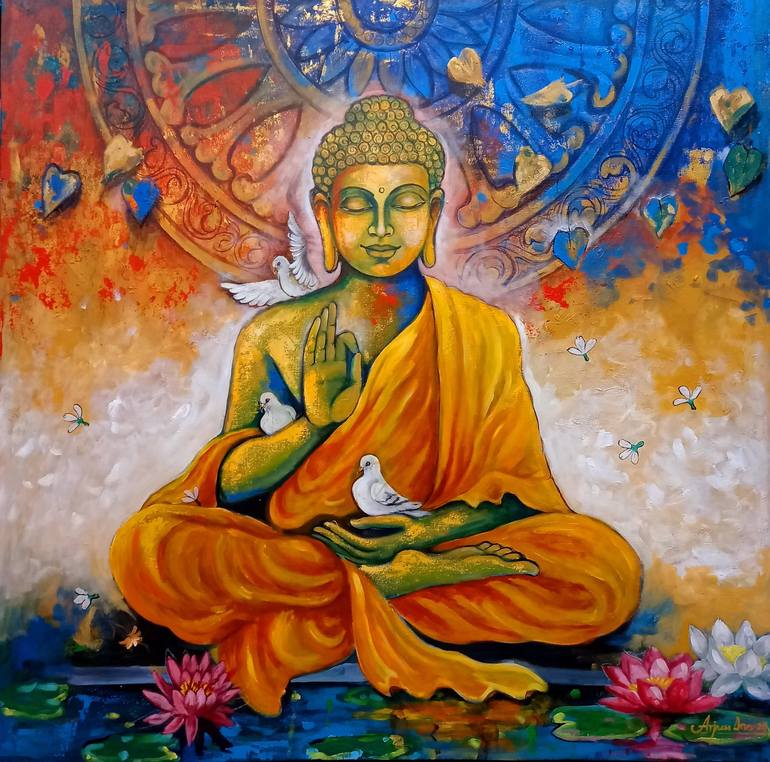
I want to be the force which is truly for good. God breathes through us so completely… so gently we hardly feel it… yet, it is our everything. My music is the spiritual expression of what I am – my faith, my knowledge, my being….. John Coltrane.
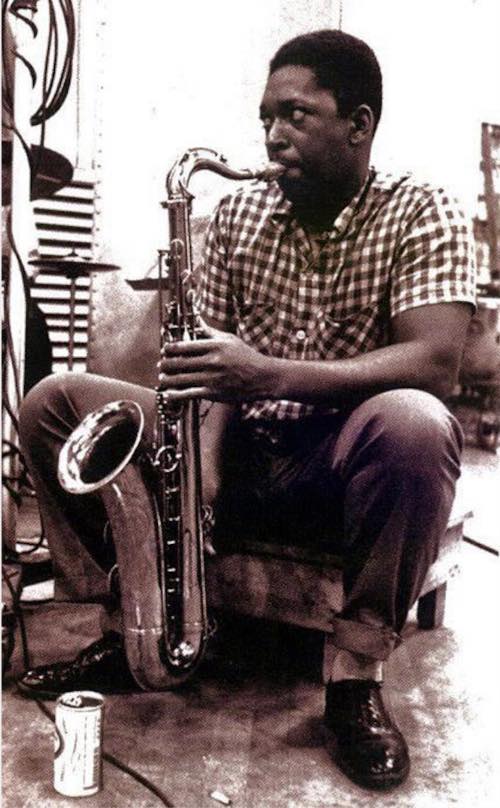

Eddie C. Campbell (May 6, 1939 – November 20, 2018) was an American bluesguitarist and singer in the Chicago blues scene.
Campbell was born in Duncan, Mississippi. He moved to Chicago at the age of ten, and by age 12 was learning from the blues musicians Muddy Waters, Magic Sam, and Otis Rush.
In his early years as a professional musician, he played as a sideman with Howlin’ Wolf, Little Walter, Little Johnny Taylor, and Jimmy Reed. In 1976, Willie Dixon hired him to play in the Chicago Blues All-Stars. Campbell’s debut album, King of the Jungle, featuring Carey Bell on harmonica and Lafayette Leake on piano, was released the next year.
more...María Dolores González Flores (born 6 May 1958), better known as Lolita Flores, is a Spanish actress and singer.
Lolita Flores is the daughter of Lola Flores and Antonio González, sister of Antonio Flores and Rosario Flores. She was married to Guillermo Furiase and they had two children Elena and Guillermo. She is of Gypsy descent on her father’s side and identifies as Gypsy.
more...In space, not everything is what it seems. This Picture of the Week shows the nebula Sh2-46, also named Gum 80, situated roughly 6000 light-years away. The strong red hues of Sh2-46 might be beautiful, but they hide an impostor.
The big blue-white star at the centre of the image is HD 165319, an O type star, one of the brightest, but rarest types of stars in the Universe. The star is largely responsible for the striking red tones around it, caused by the ionisation of the hydrogen atoms that make up the nebula. This star, however, should not be here.
Astronomers think that this star was born somewhere else: in the nearby Eagle Nebula. Located in the tail section of the Serpens constellation (the snake), the Eagle Nebula is full of star-forming regions. Once born, these stars become bound by gravity, creating a giant open cluster. Sometimes, though, a few of them become disentangled, embarking on a solitary mission through space that can lead them to infiltrate other unrelated nebulae. A bow shock next to HD 165319 seems to indicate that the star is currently plunging through Sh2-46. Perhaps this nebula will end up looking differently if the star ends up leaving it behind…
This highly detailed picture of Sh2-46 was taken by the VLT Survey Telescope (VST), which explores the sky in visible light. Currently owned by INAF, the Italian National Institute for Astrophysics, the VST is located at ESO’s Paranal Observatory, in Chile. This image is being released on the occasion of the 100 years of the Planetarium, with a full-dome version being shown at the ESO Supernova Planetarium & Visitor Centre.
